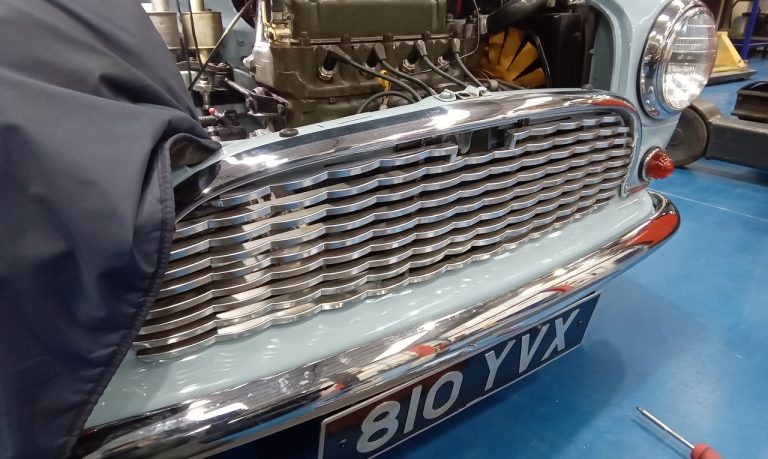
Austin Mini Clutch Hose
Technician Jonn has been looking at our beautiful 1961 Austin Mini. He has been working on the clutch hose and has made the following notes:


Technician Jonn has been looking at our beautiful 1961 Austin Mini. He has been working on the clutch hose and has made the following notes:
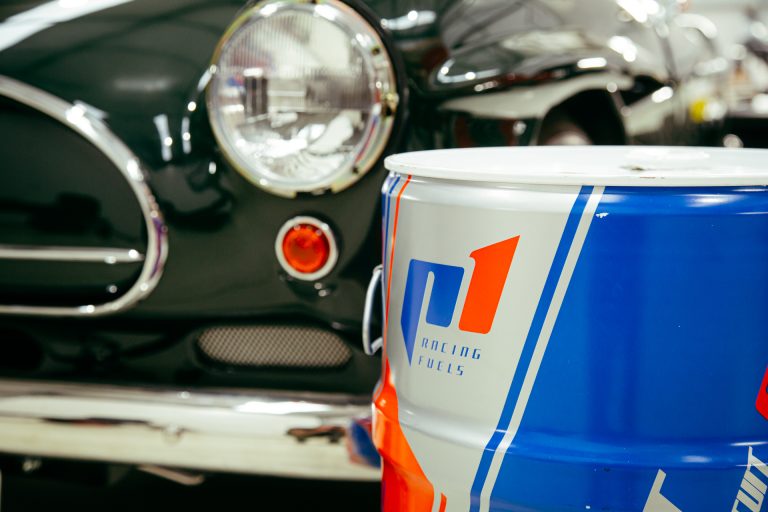
FOR IMMEDIATE RELEASE November 2024 Bridge Classic Cars, an award-winning classic car restoration business, is taking a big step into the world of sustainability by
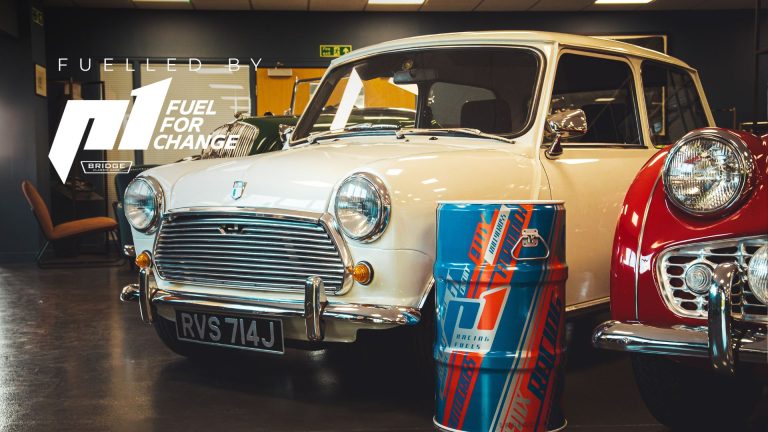
At Bridge Classic Cars, we’ve always been passionate about keeping the past alive in the form of all of the classic cars that enter the
Technician Jonn has been looking at our beautiful 1961 Austin Mini. He has been working on the clutch hose and has made the following notes:
Fit new clutch slave cylinder flexible hose. Refit cylinder and bleed system. Top up fluid. Clutch dragging. Repeat bleeding process 3 more times but still the same. Adjust clutch arm stop. Bleed again but force piston back into cylinder when bleeding. Test. Ok now, top up fluid.carry out stop adjustment and arm nuts according to manual. Refit return spring. Remove exhaust manifold to downpipe clamp. Clean and seal up, refit and secure. Torque wheel nuts and refit locking wheel nut covers.put 5ltrs fuel in and take outside and warm up. Richen mixture and adjust idle. Carry out road test. Brakes pull to right. Staling at idle and door unlock cable inside drivers door come off.
Jack up and adjust brakes. Remove drivers door lock. Refit interior release cable and refit lock and test. Adjust striker plate and test. Car requires road test to check brakes and tune during pdi.
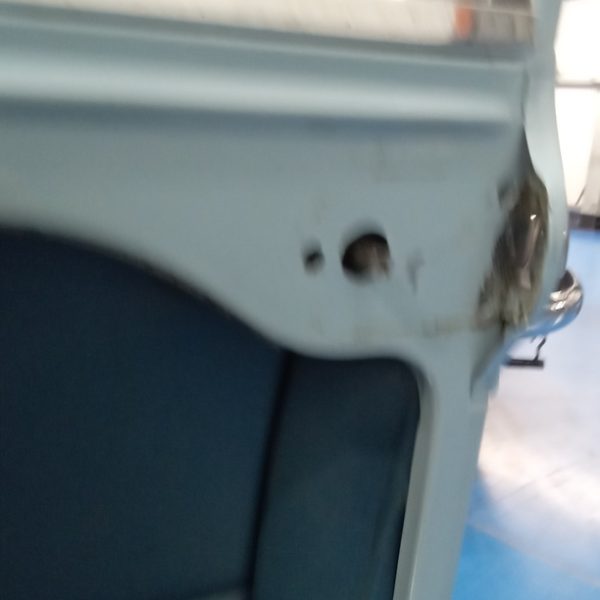
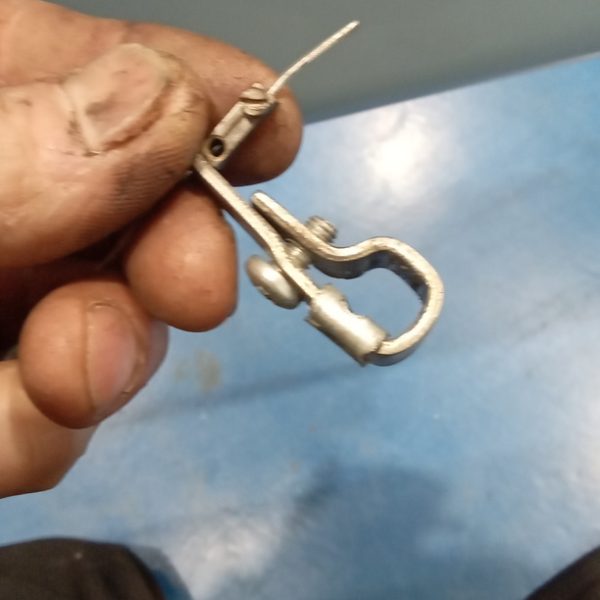
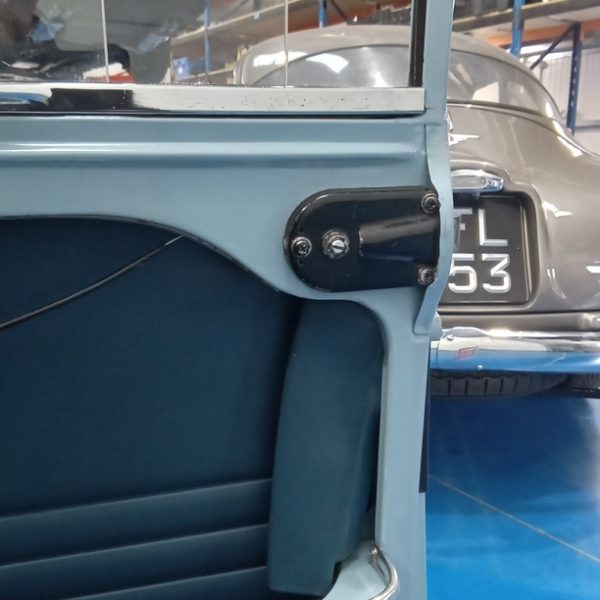
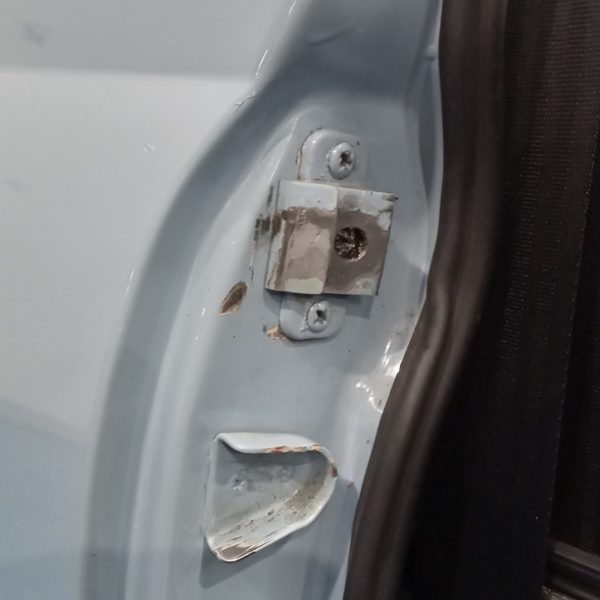
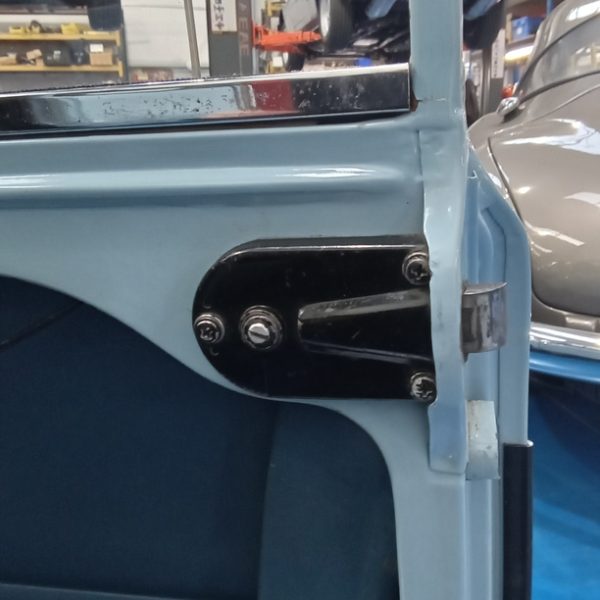
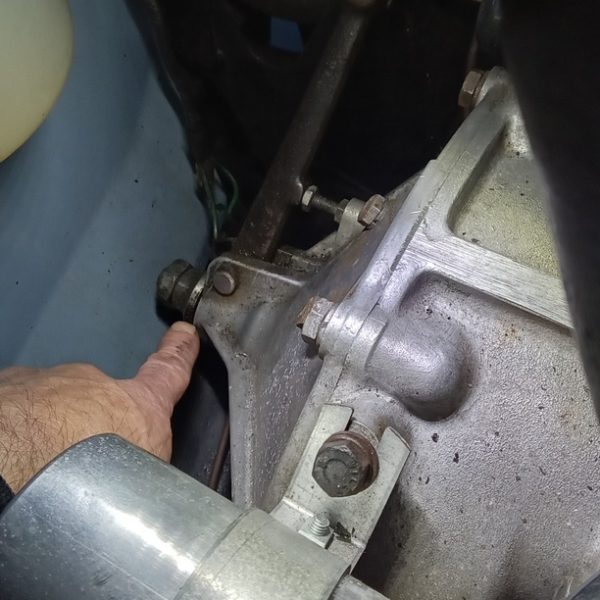
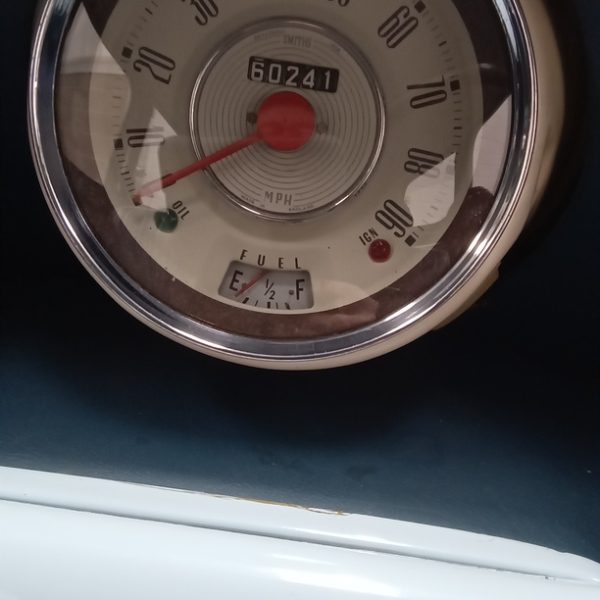
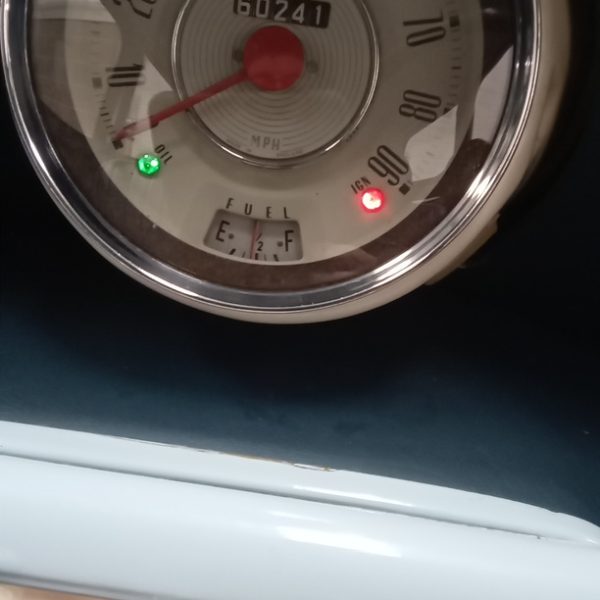
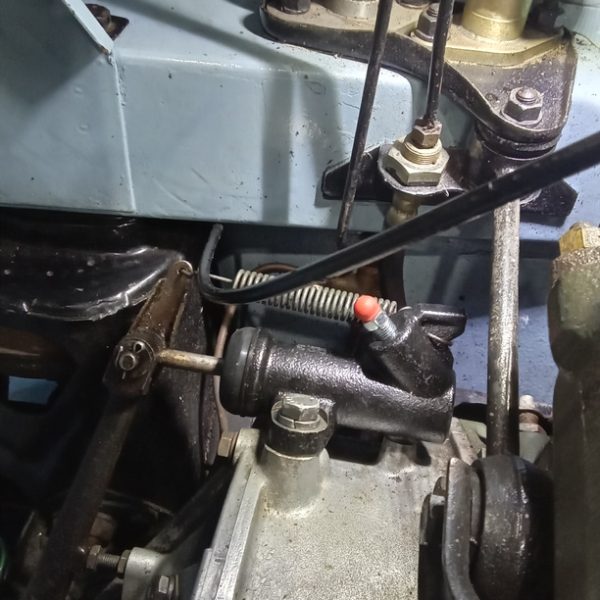
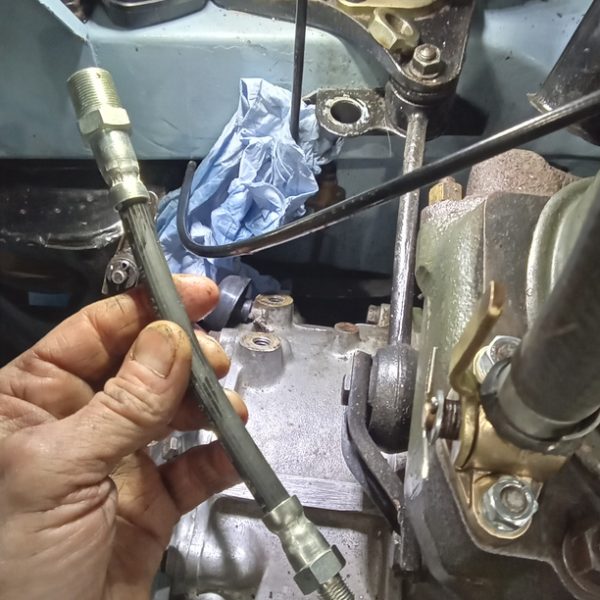
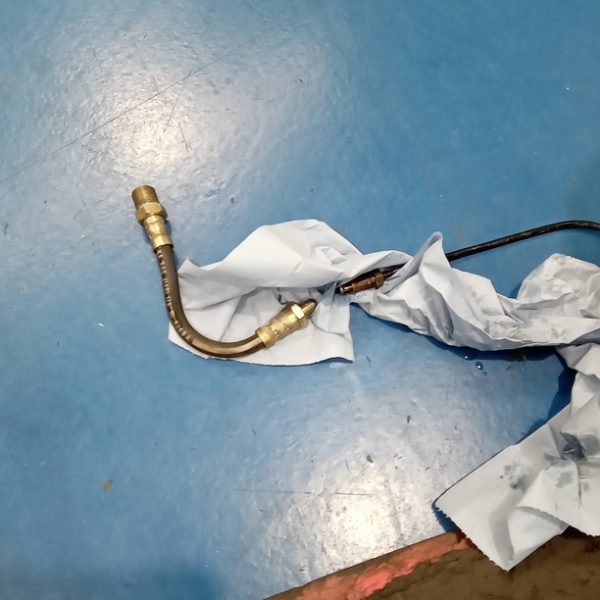
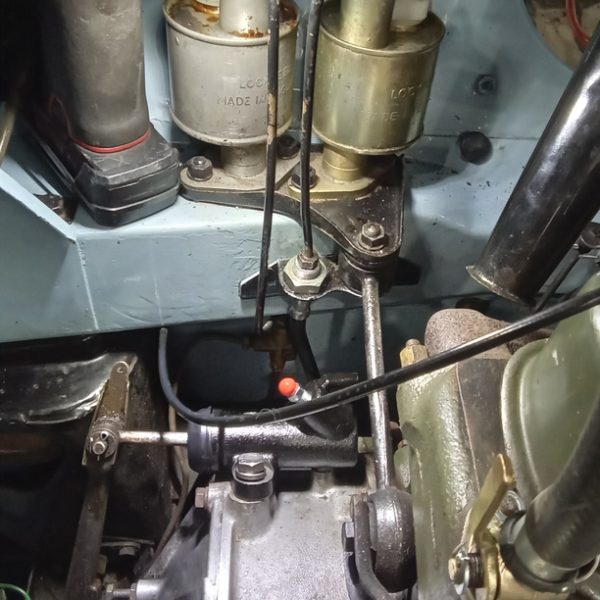
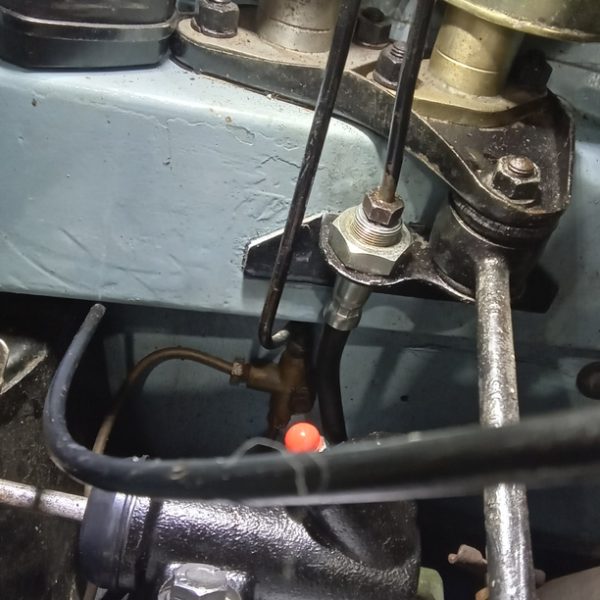
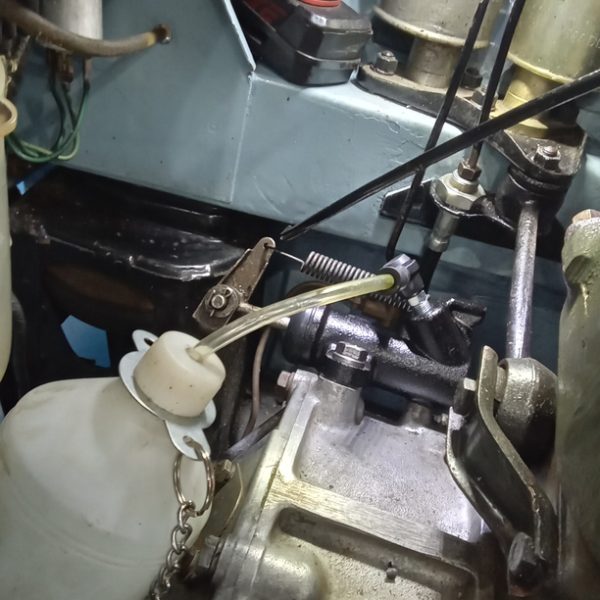
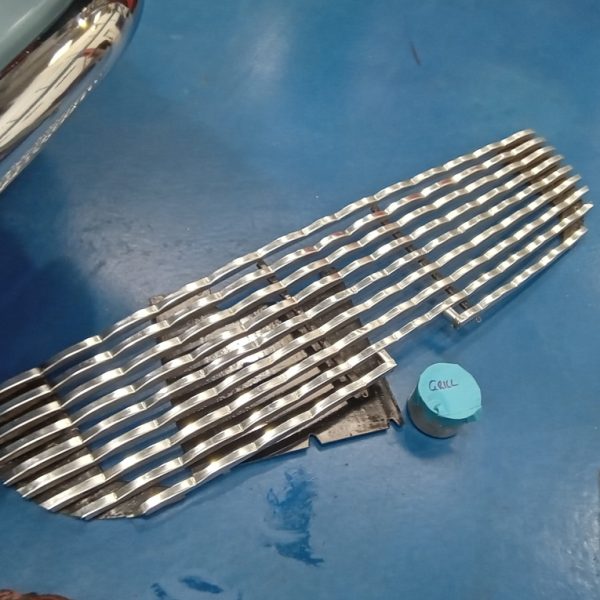
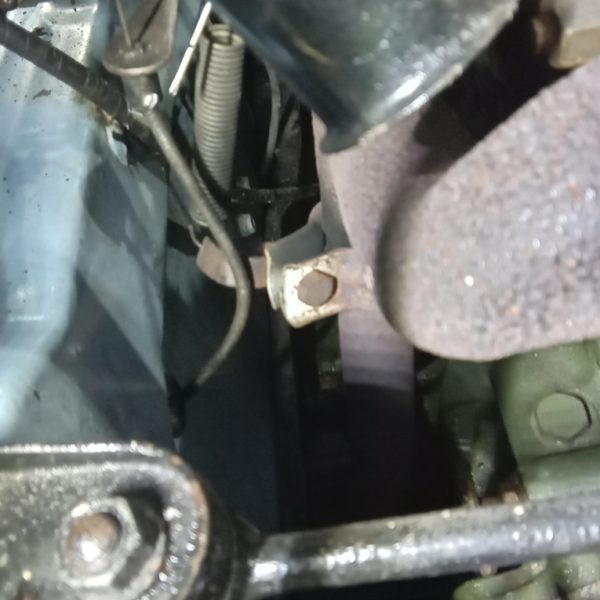
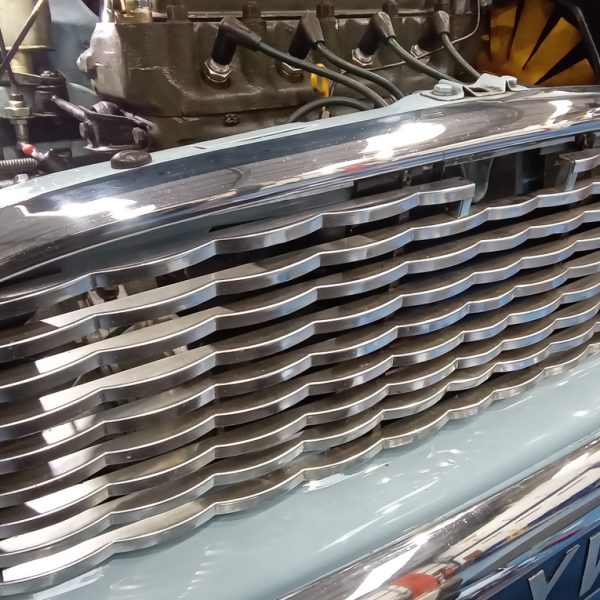
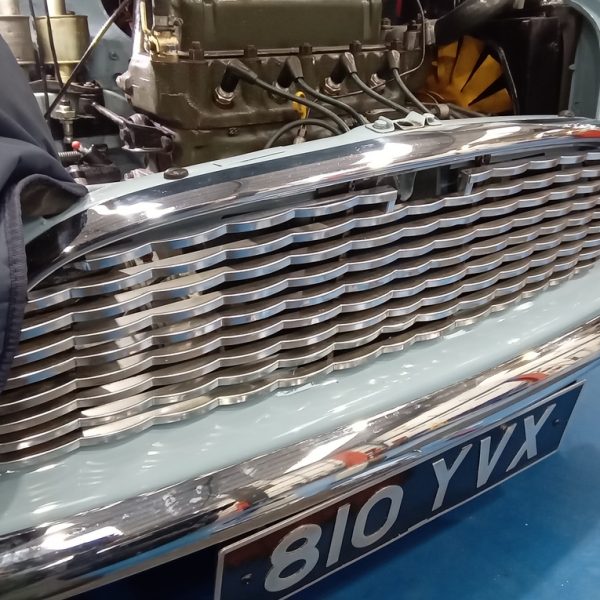
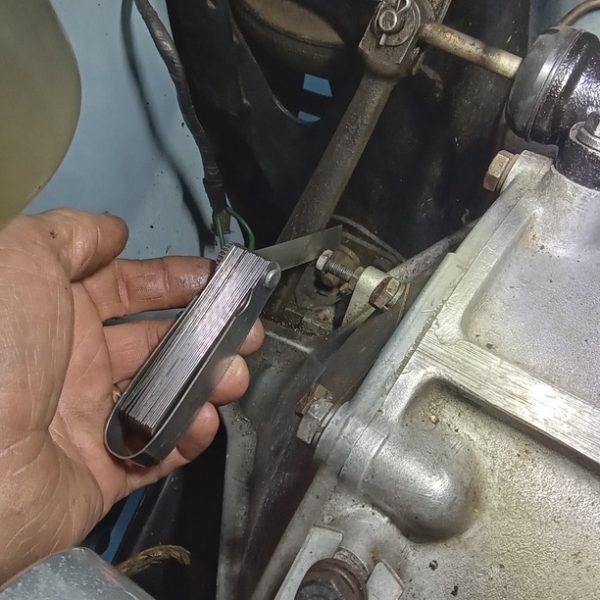
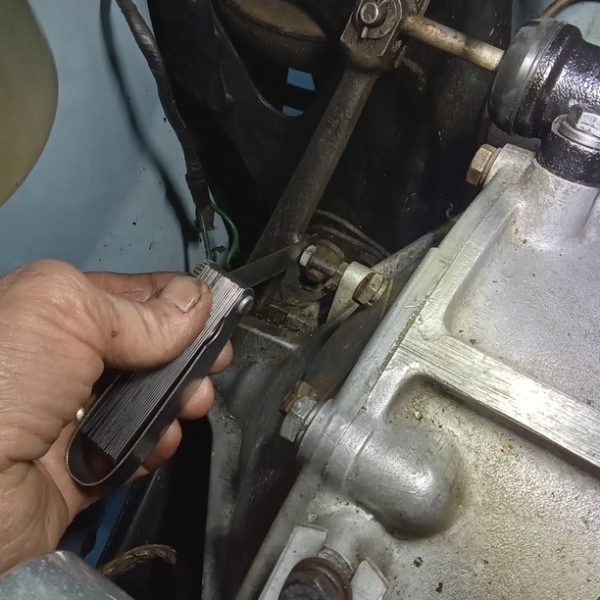
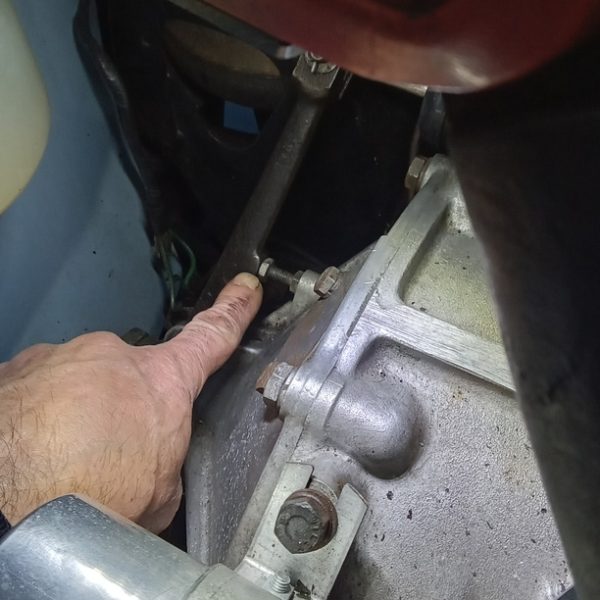
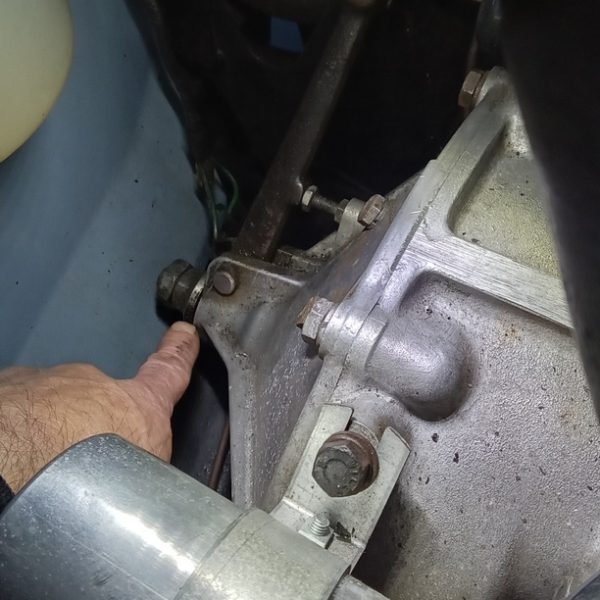
November 2024
Bridge Classic Cars, an award-winning classic car restoration business, is taking a big step into the world of sustainability by running all of its competition cars on sustainable synthetic fuel. Every week, the Pettistree-based team hold a live draw where one lucky person wins a classic car for just a few pounds and, from now on, every car won through Bridge Classic Cars Competitions, will run on synthetic fuel, dramatically reducing its carbon footprint by around 80% compared to traditional fossil fuels.
For Bridge Classic Cars, this move is another demonstration of their commitment to bringing sustainability and future-proofing to classic motoring. The foundation of Bridge Classic Cars is built on bringing cars from times gone by back to life. However, with sustainability coming to the forefront of all industries, this is a huge leap into the future without comprising the cars the team and their customers love so much.
The synthetic fuel, currently provided by P1 Fuels, is a direct replacement of fossil fuel with no engine or vehicle modifications needed. The cars powered by synthetic fuel run in exactly the same way as those fuelled by regular petrol. However, the fuel has a well-to-wheel emission reduction of around 80% when compared to petrol. It also has a shelf life significantly longer than that of petrol so can be a great match for classic car owners who store their vehicles for extended periods of time.
P1 Fuels have already made a big impact on the motorsport scene but Bridge Classic Cars are the first to bring this fuel to the everyday driver.
“We are passionate about keeping classic cars alive for generations to come, but not at the cost of the environment,” says Craig Ranson, Managing Director of Bridge Classic Cars. “By switching to synthetic fuel for all our competition cars, we’re ensuring that car enthusiasts can win their dream car for just a few pounds whilst doing their bit to reduce their carbon footprint.”
Bridge Classic Cars’ decision to run all competition cars on synthetic fuel is part of a larger vision to reshape the future of the classic car industry. By making this change, the company is setting an example for the classic car community and showing that these vehicles which are commonly seen in a negative light in regard to environmental issues, can still be enjoyed in an era that is much more aware of environmental responsibility.
As Bridge Classic Cars continues to champion the preservation of classic cars, synthetic fuel allows them to keep internal combustion engines running responsibly, without compromising on the driving experience.
For more information about Bridge Classic Cars’ commitment to sustainability and how to enter upcoming competitions, visit www.bridgeclassiccars.co.uk
#END
About Bridge Classic Cars:
Bridge Classic Cars is a leading classic car restoration company based in Suffolk, UK. Known for their dedication to preserving automotive history through their award-winning restorations and classic car competitions, the team is committed to sustainable innovation to ensure that classic motoring thrives well into the future.
Media Contact:
Rob Harvey, Marketing Manager – rob@bridgeclassiccars.co.uk – 01473 742038
Assets – All images are to be credited to Nick Skinner @ Bridge Classic Cars
At Bridge Classic Cars, we’ve always been passionate about keeping the past alive in the form of all of the classic cars that enter the workshop. Each one, regardless of make and model, comes with a story from the time it left the production line to the day it arrived here with us. In essence, all that we do is based on preserving history as close to the original as possible.
However, the world has changed so much since the majority of these cars began their lives. Priorities change, stories change, and society as a whole moves on. Right now, we understand the need to consider the environment and act in more sustainable ways in order to preserve not just our history, but also the future.
That being said, we also understand that classic cars and internal combustion engines go hand in hand. The team here appreciates that there are multiple options for sustainable motoring, whether that be EVs or any other technology that will be developed in the future. For those enthusiasts who only want to drive cars with the original engines though, there aren’t any other viable options; but we have the answer in the form of synthetic fuel.
We have partnered with P1 Fuels as we are now running all of our competition cars on synthetic fuel with our 1971 Mini Cooper S being the first to make the switch.
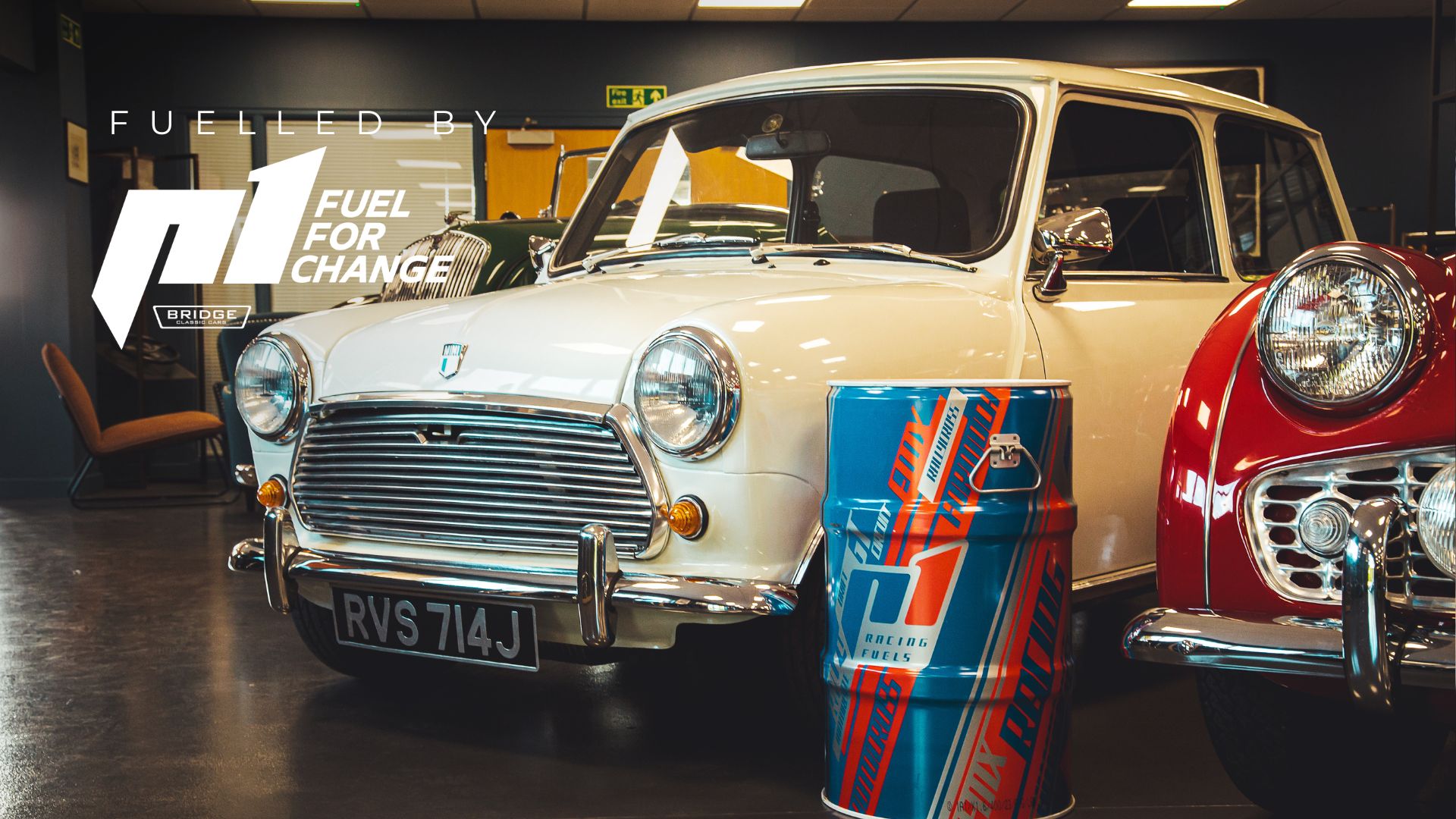
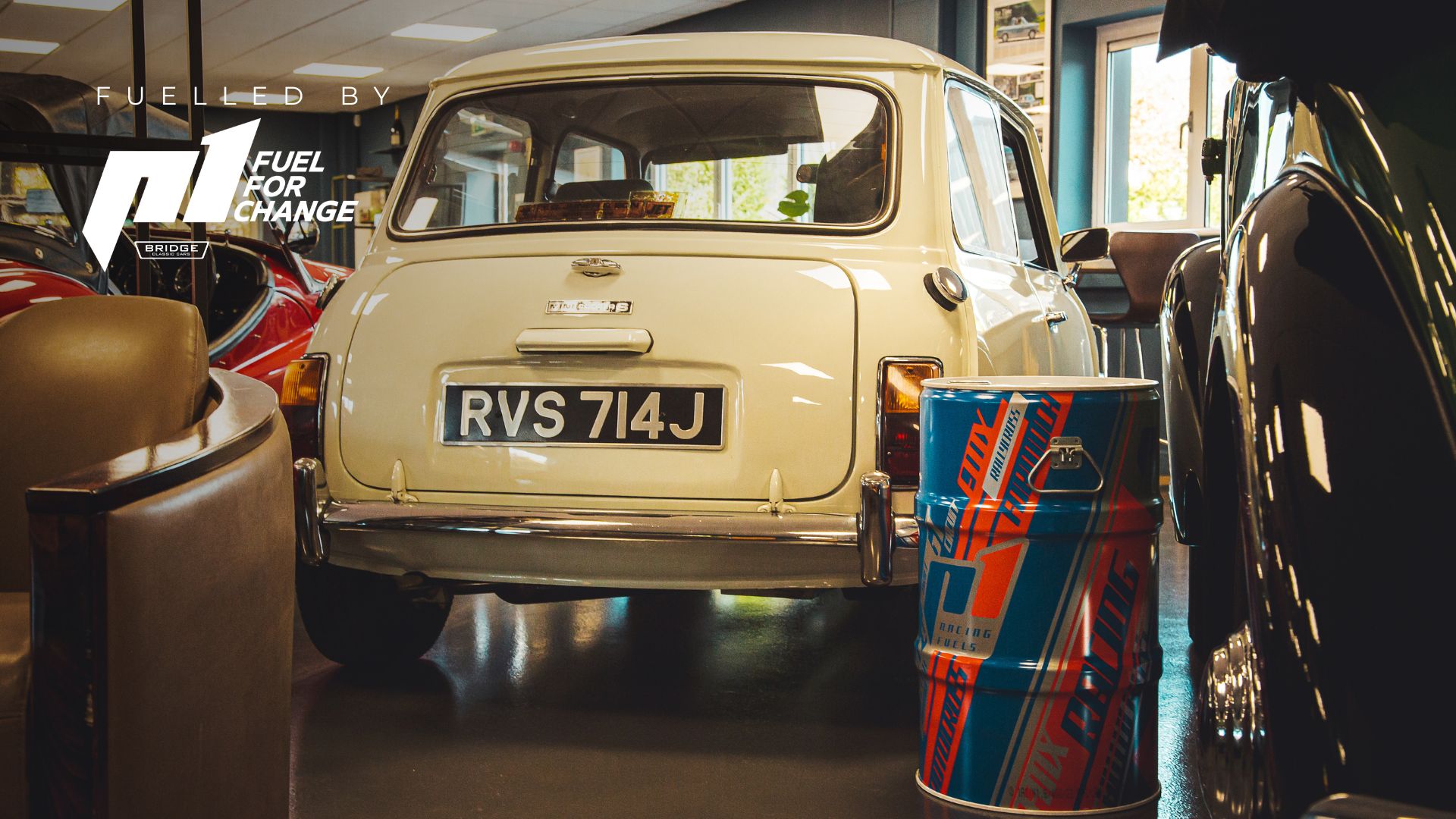
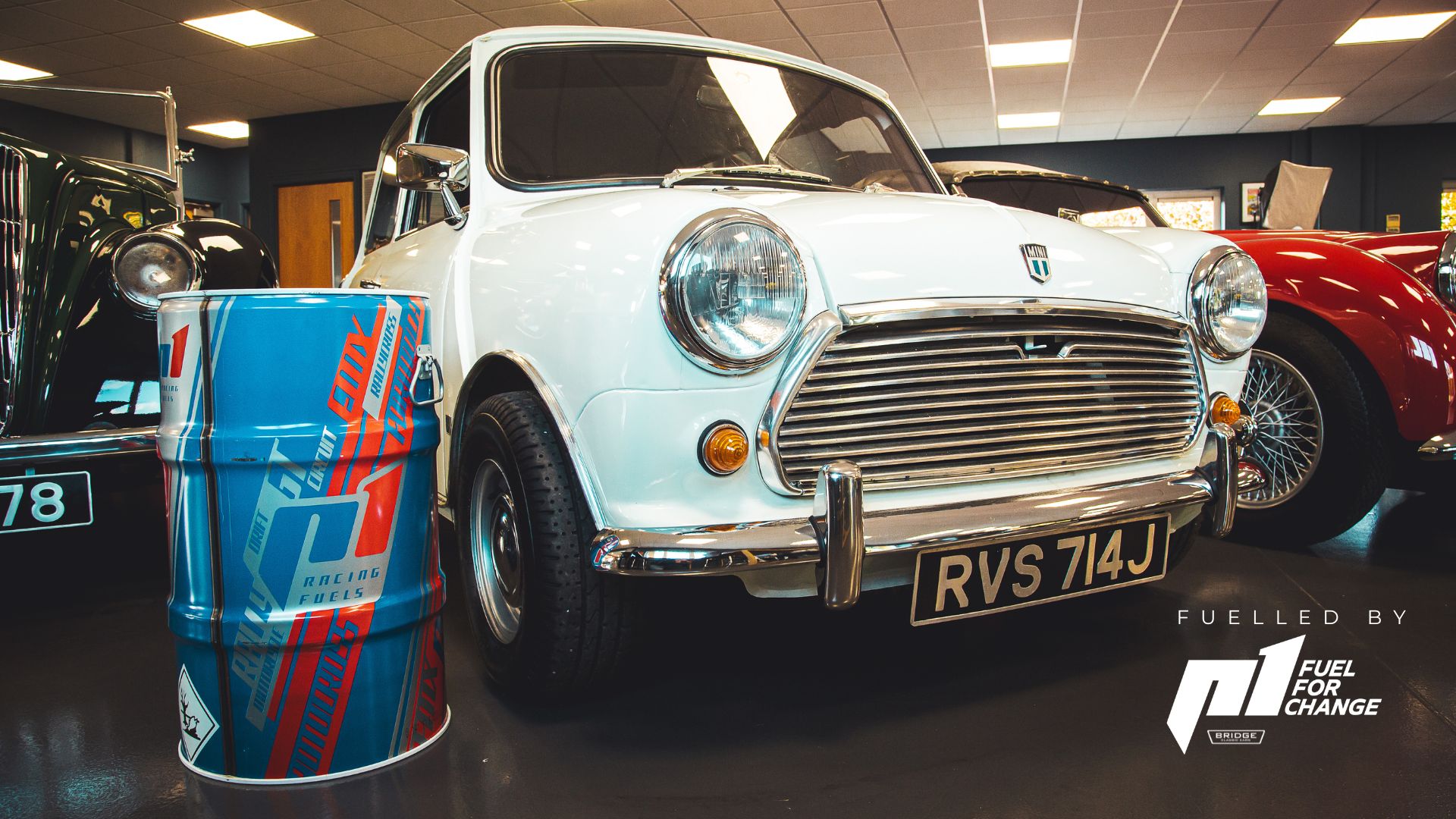
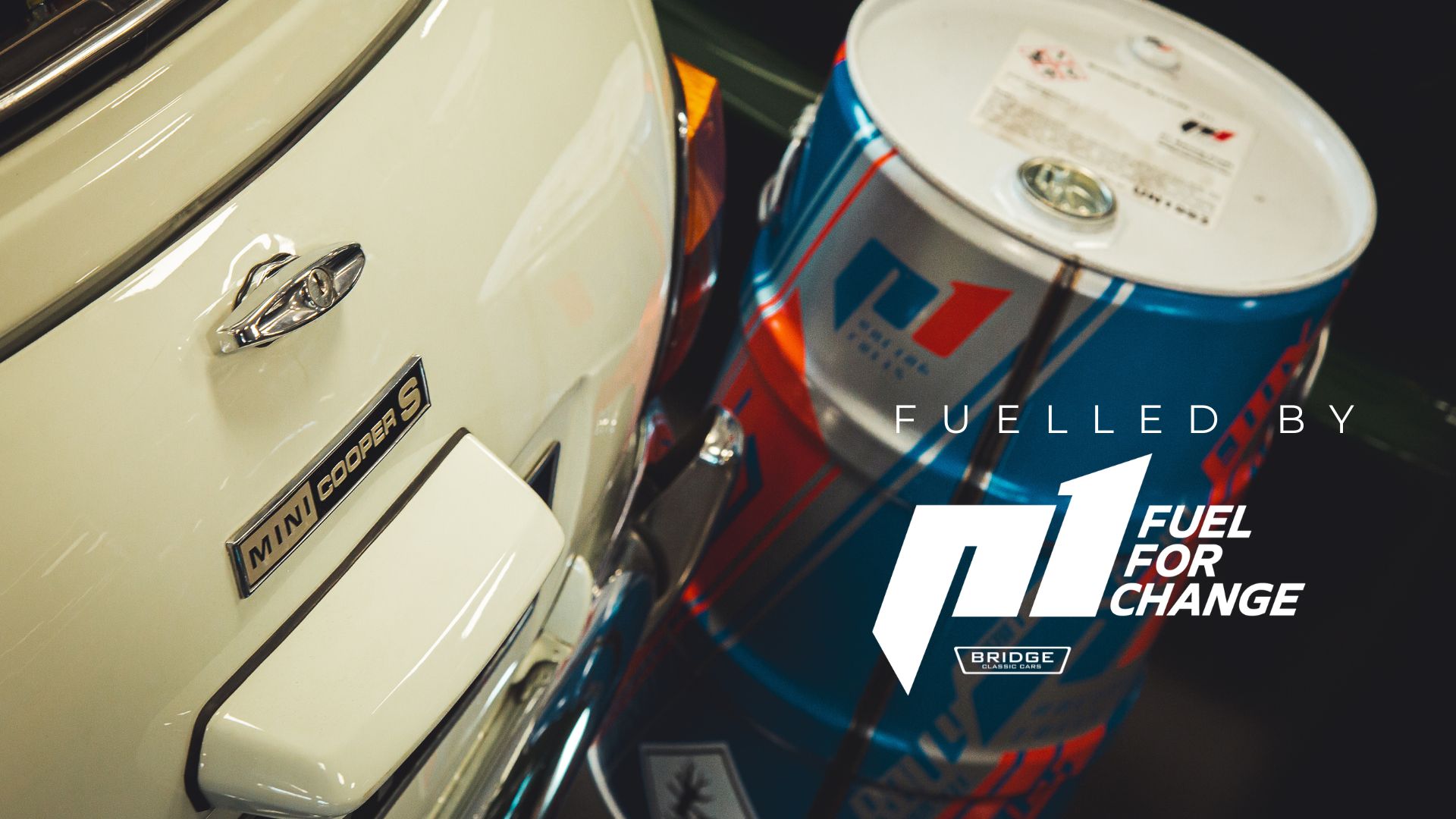
Synthetic fuel has relatively recently emerged as a potential industry-changing solution, allowing classic car owners to continue to enjoy their internal combustion engines while also helping to protect the environment.
We felt that a classic Mini was the perfect car to lead our journey into the world of sustainability. The Mini is an iconic classic that is recognisable by pretty much everyone, whether car enthusiasts or not. This makes it the perfect car to show that classic cars can come with us into the future.
Being powered by synthetic fuel means that emissions from our Mini Cooper S (and every other competition car) are reduced by around 80%. This is a huge step toward sustainable classic car ownership.
One of the best things about synthetic fuel is that it is a drop-in solution that requires no modifications to your car. It can be mixed with traditional petrol so winners have the choice to either continue to run the car on P1 Fuels or use traditional unleaded petrol.
What this means is that our Mini Cooper S will run exactly the same regardless of whether synthetic or traditional fuel is used. It really is a viable alternative to petrol that fits in perfectly with the current infrastructure – i.e. you could quite literally put this fuel in petrol stations across the country and no one would be able to tell the difference – there would be an 80% reduction in emissions from each and every car though!
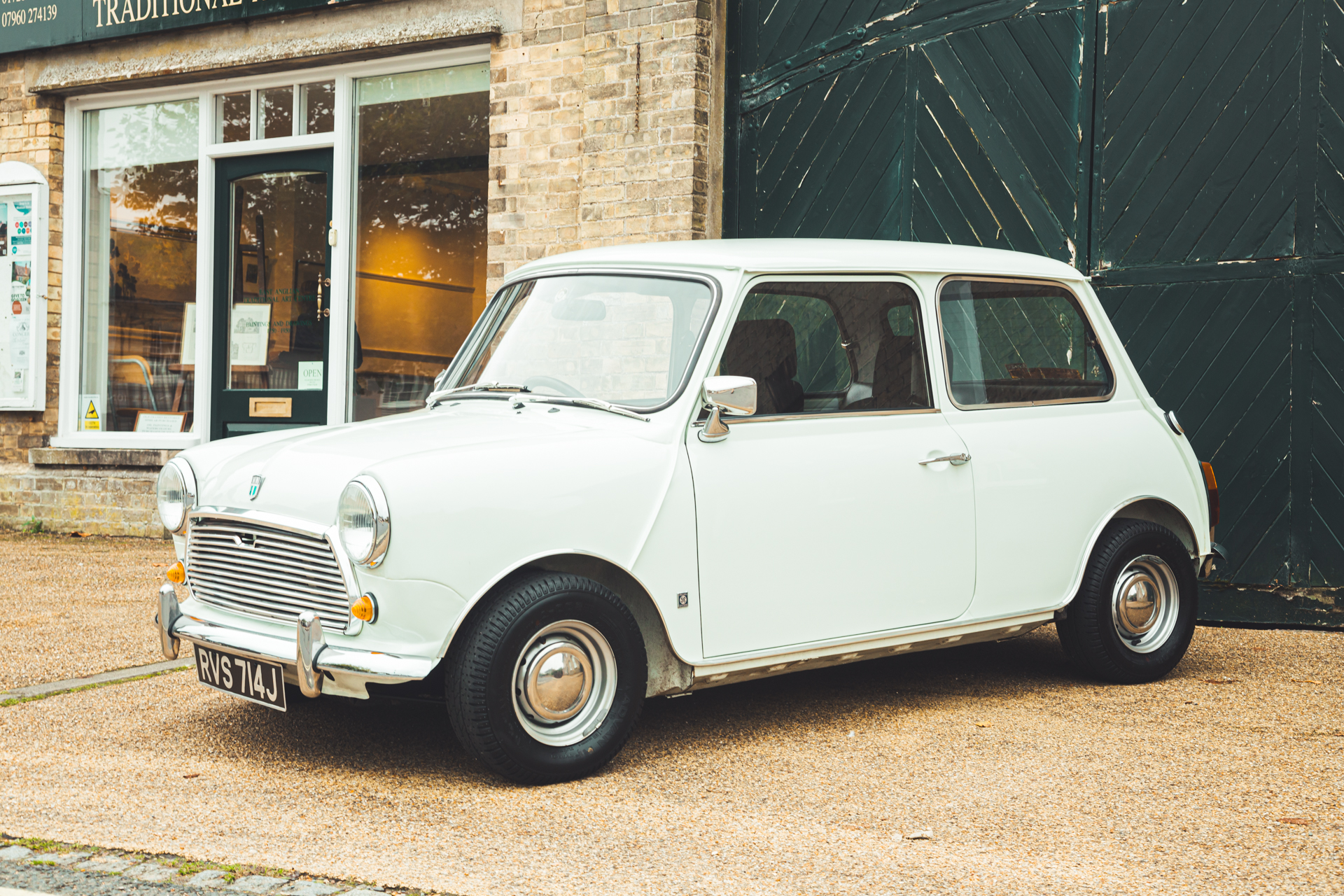
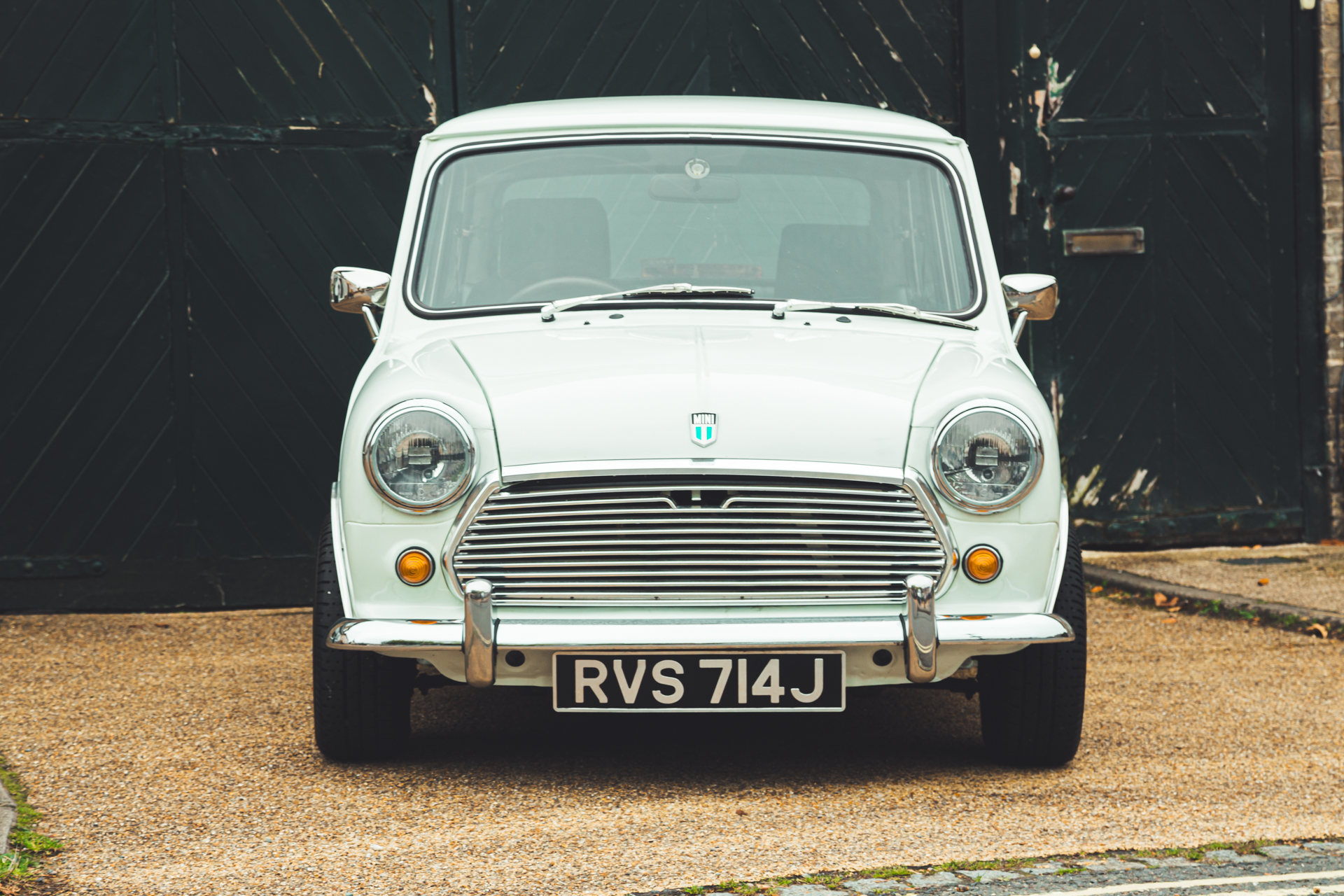
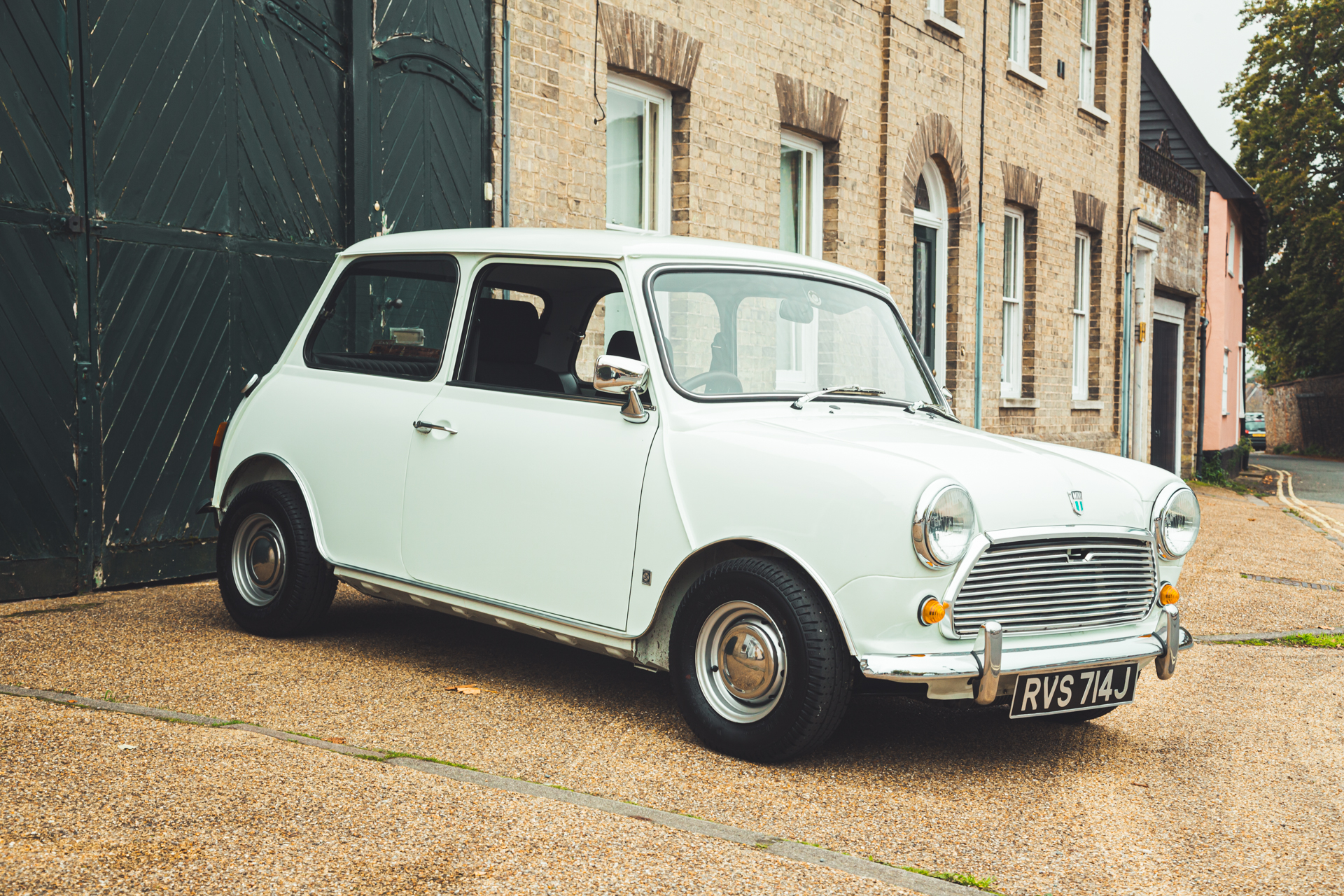
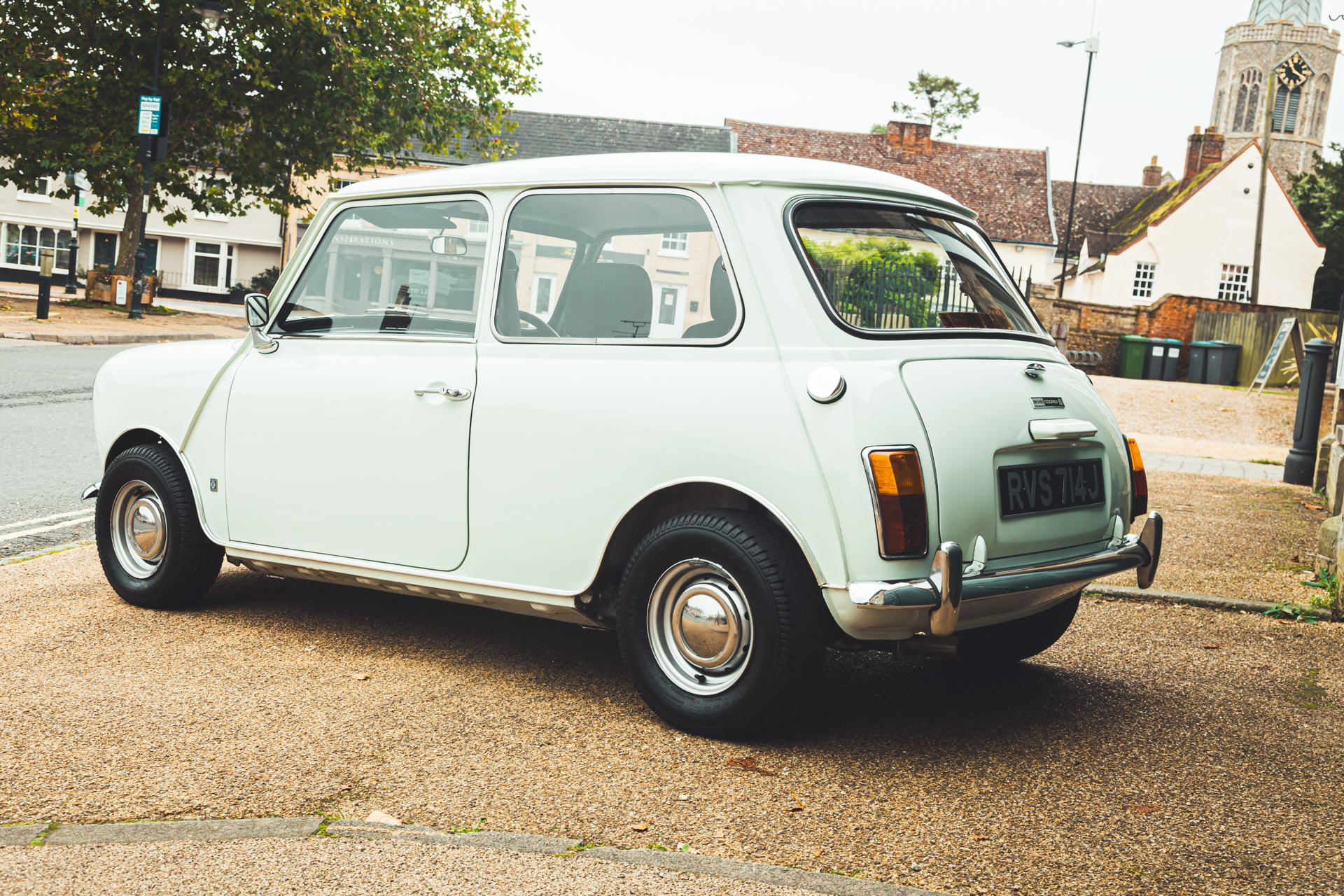
At Bridge Classic Cars, we’re committed to doing our part to reduce our environmental impact. Our collaboration with P1 Fuels is a step toward achieving our goal of being a sustainable business, and our team is constantly exploring new technologies and approaches to make everything we do cleaner and greener.
The introduction of synthetic fuel to our competition cars is one of several ways we’re trying to make classic car ownership more sustainable. For us, it’s not about one car running on synthetic fuel; it’s about getting cars on the road that are running in a much more sustainable way. We want to set an example, motivate petrolheads to change, and show that sustainable practices can preserve the experience of owning and driving a classic car.
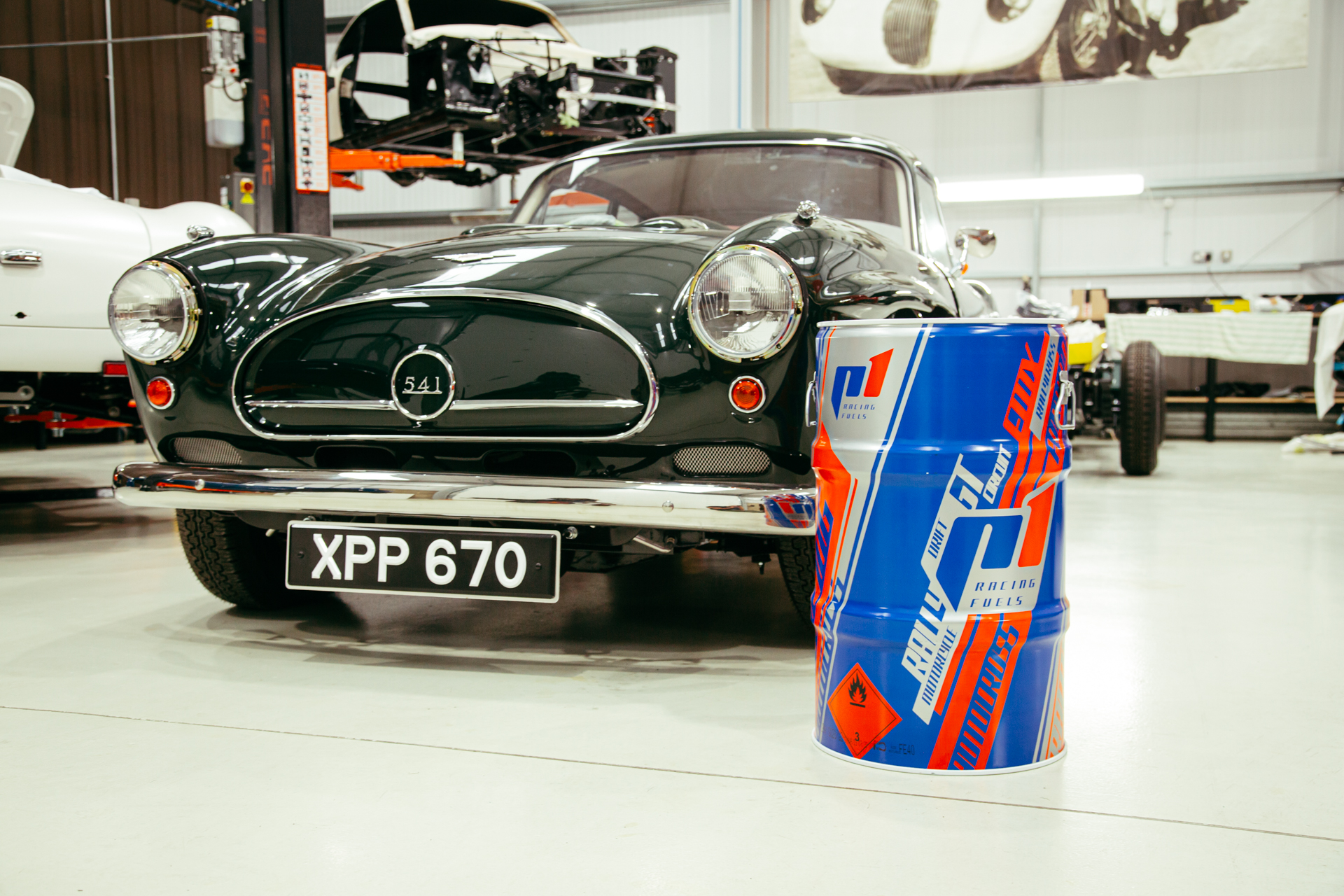
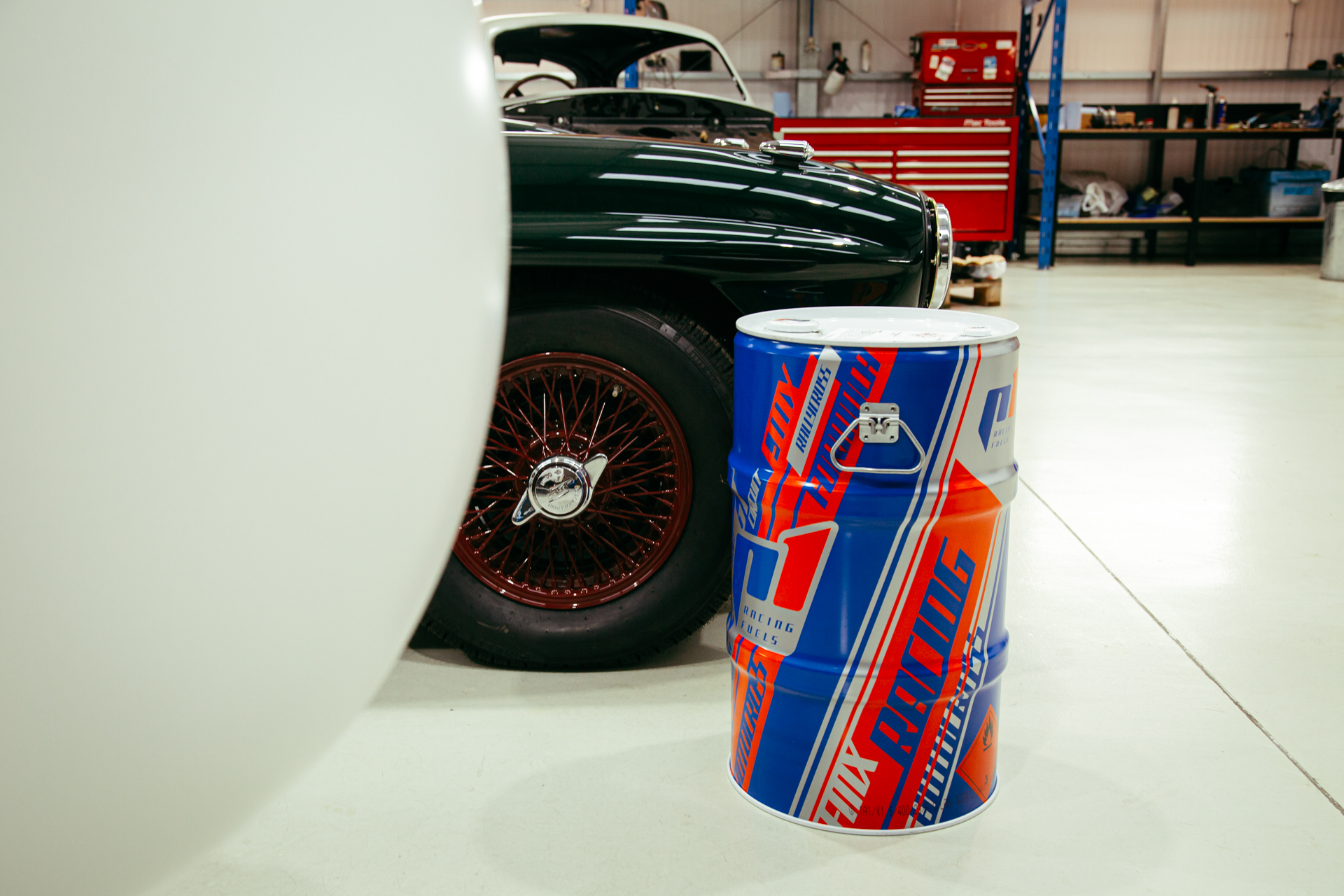
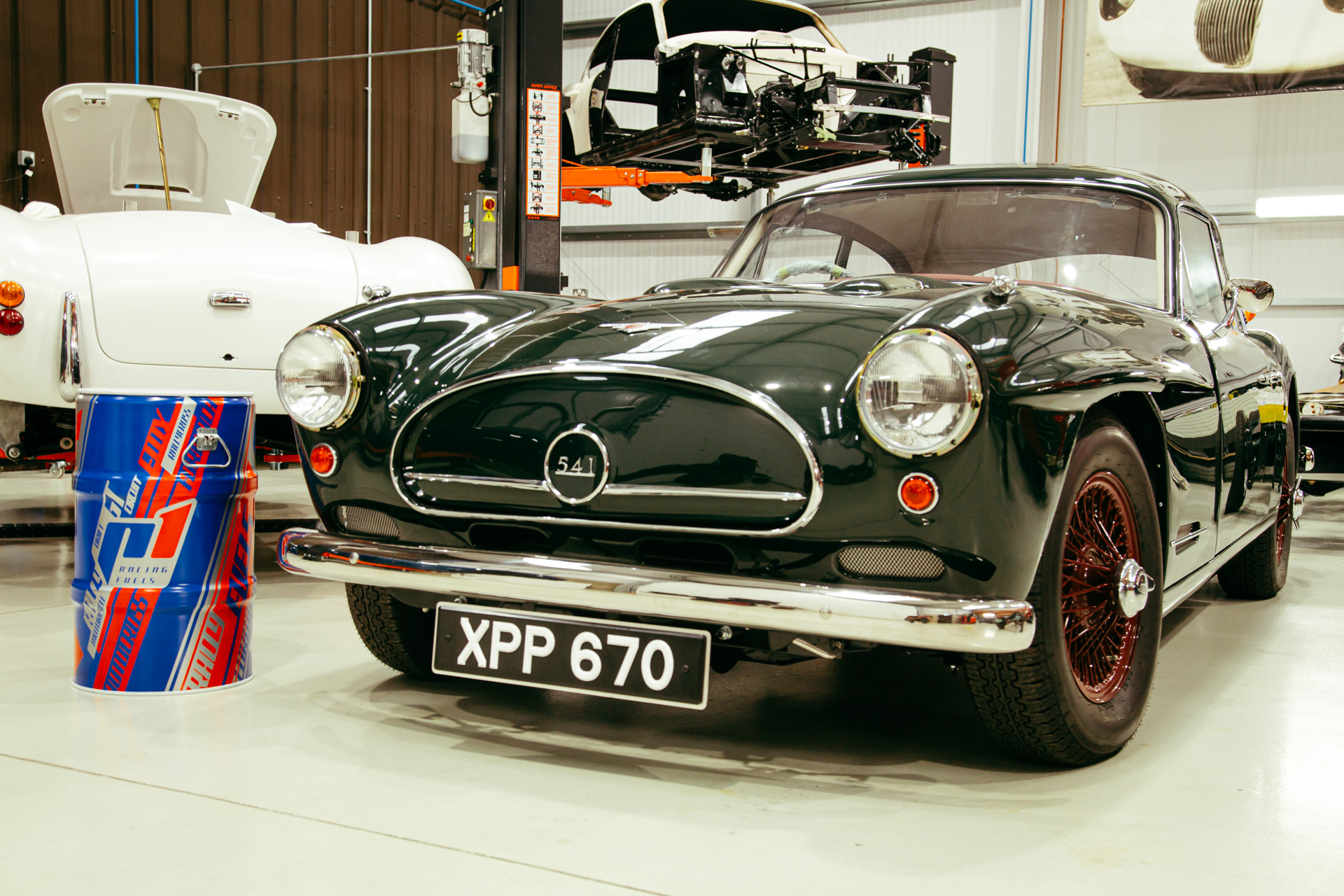
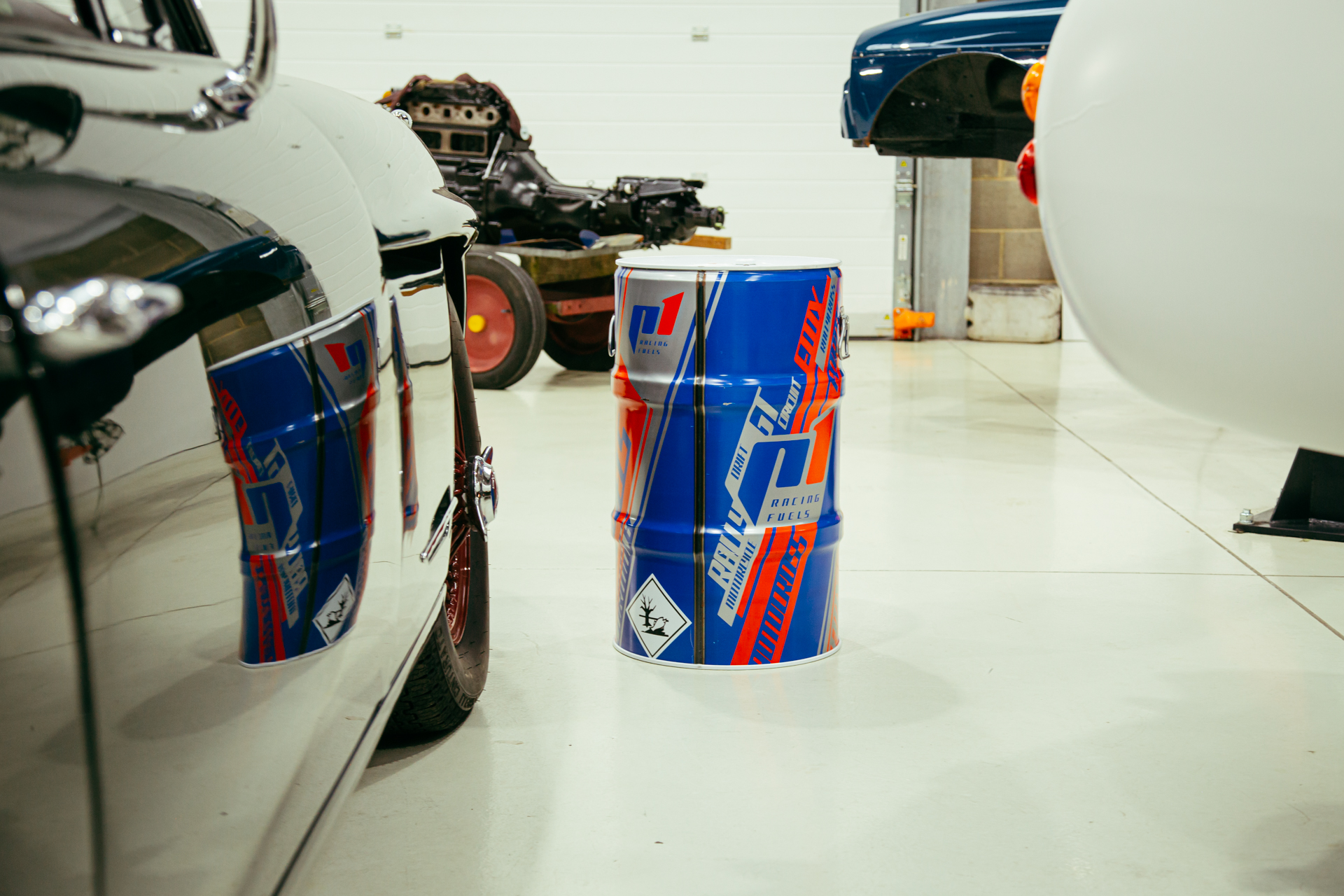
Synthetic fuel is a man-made alternative to fossil fuels. It works exactly like petrol but is produced through a process that combines carbon dioxide and hydrogen, rather than being pumped out of the ground like oil.
Synthetic fuel has two main ingredients:
In very simple terms, you can make synthetic fuel in four steps:
You first need to capture CO₂. This can be done directly from the air (called Direct Air Capture) or from industrial sources (like factories or power plants).
Hydrogen is obtained from water using a process called electrolysis. Electrolysis involves sending an electric current through water to split it into hydrogen and oxygen.
P1 Fuels uses sustainable electricity at this point – further increasing its sustainability.
Combining CO₂ and H₂ is done through chemical reactions known as the Fischer-Tropsch process. This is where CO₂ and H₂ join together under high pressure and heat, turning them into synthetic hydrocarbons.
The synthetic hydrocarbons can then be refined into different types of fuels, like synthetic petrol.
An important point to note about P1 Fuels, which will be powering all of our competition cars, is that it is made using 100% non-fossil feedstock. This means that the biomass part of the fuel comes exclusively from second-generation biomass (non-food based feedstocks – e.g. agricultural residues etc). To simplify, the production of this synthetic fuel will never compete with food production!
As synthetic fuel uses CO₂ from the air or from waste emissions, it can be considered carbon-neutral. This means that the CO₂ released when the fuel is burned equals the CO₂ that was originally taken out of the air to make it.
Also, when powered by renewable energy, the production process itself has a low carbon footprint, helping make the fuel even more sustainable.
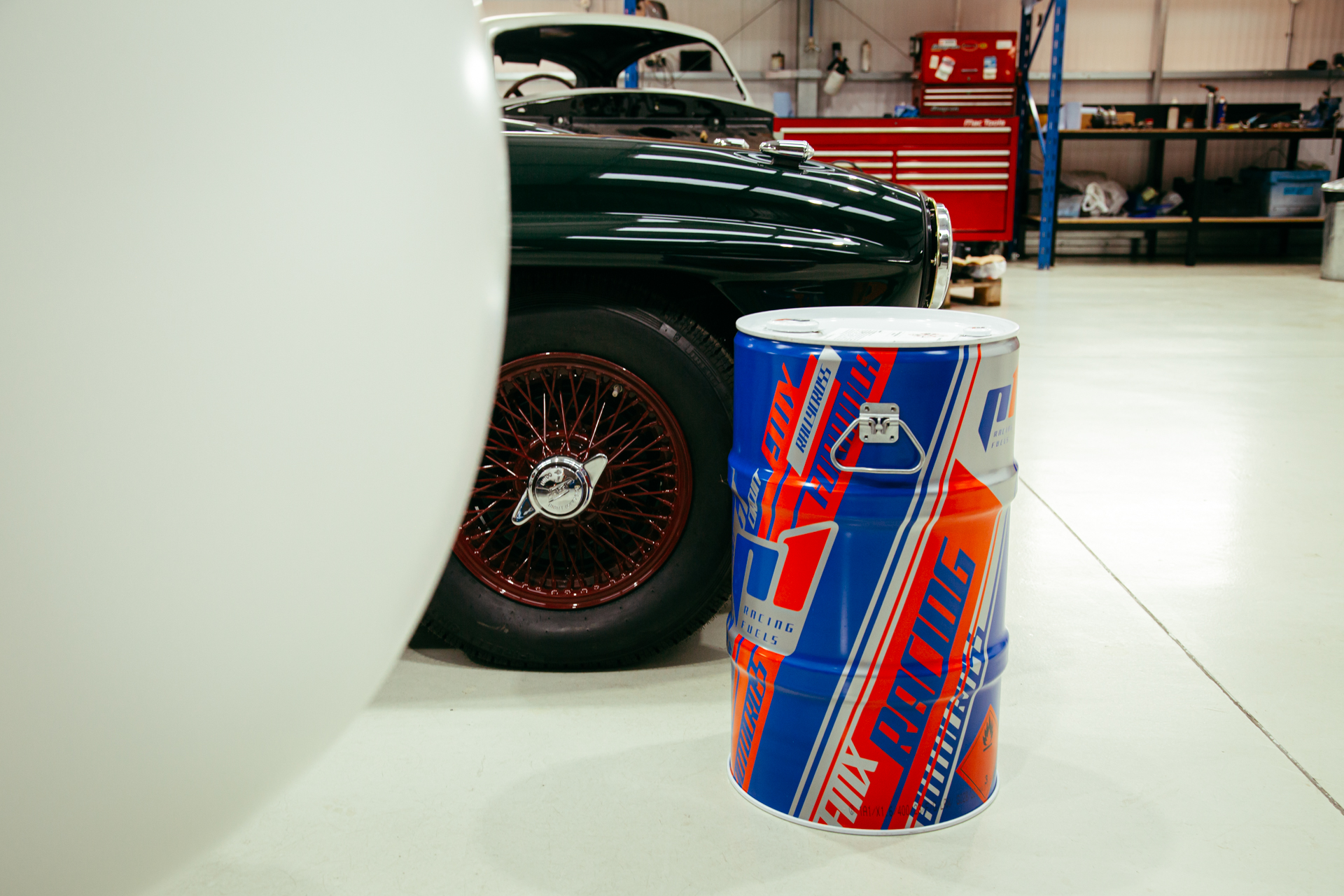
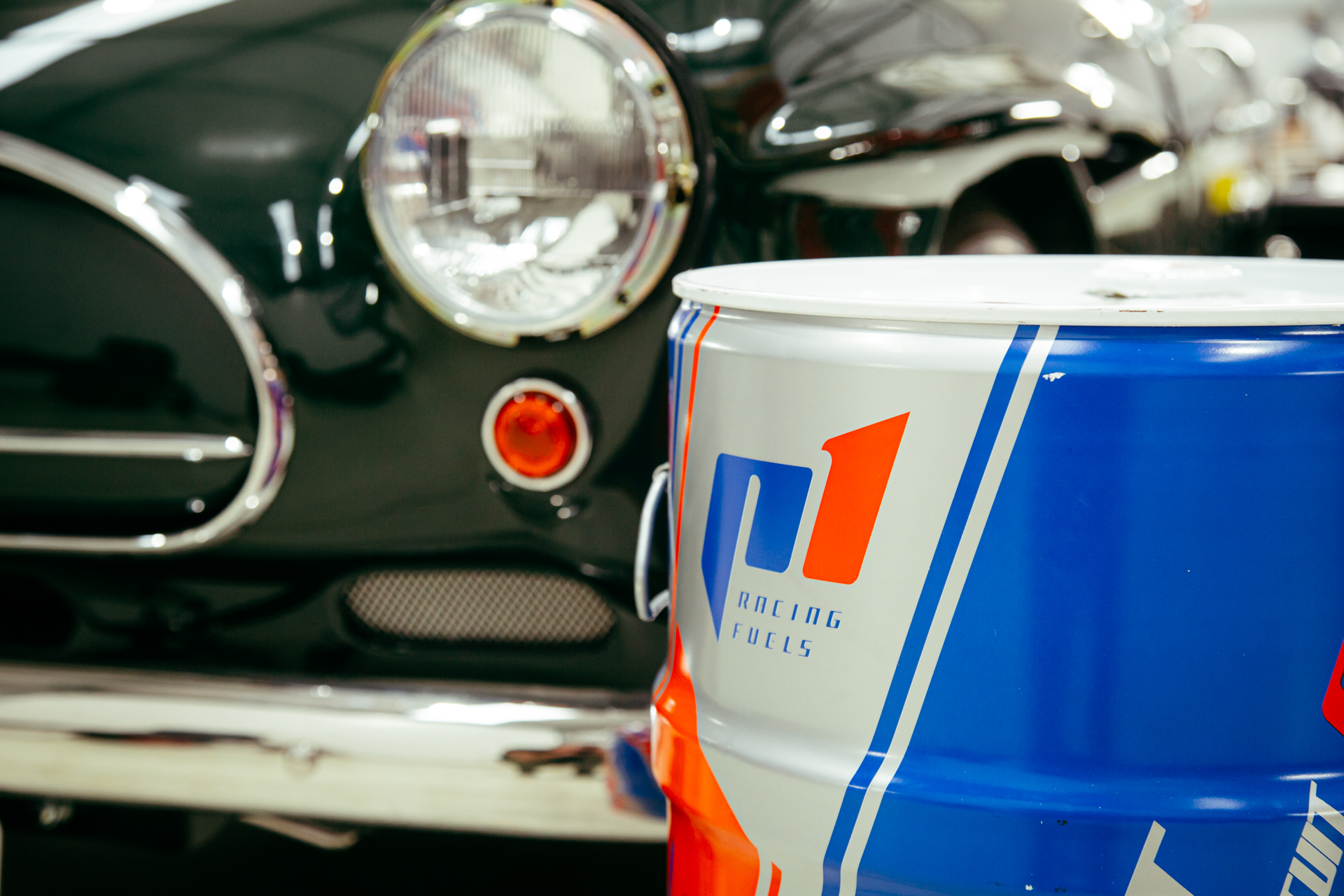
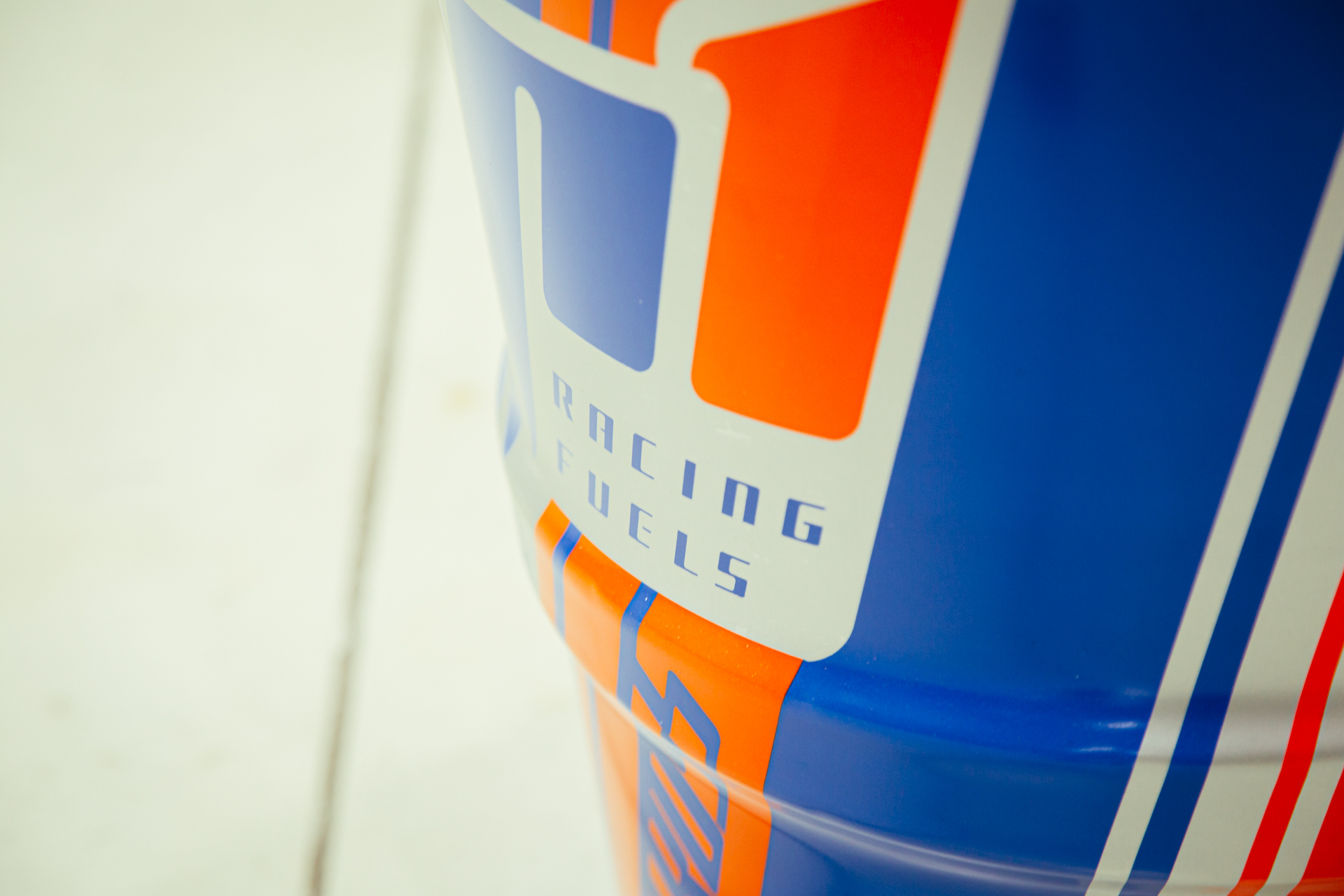
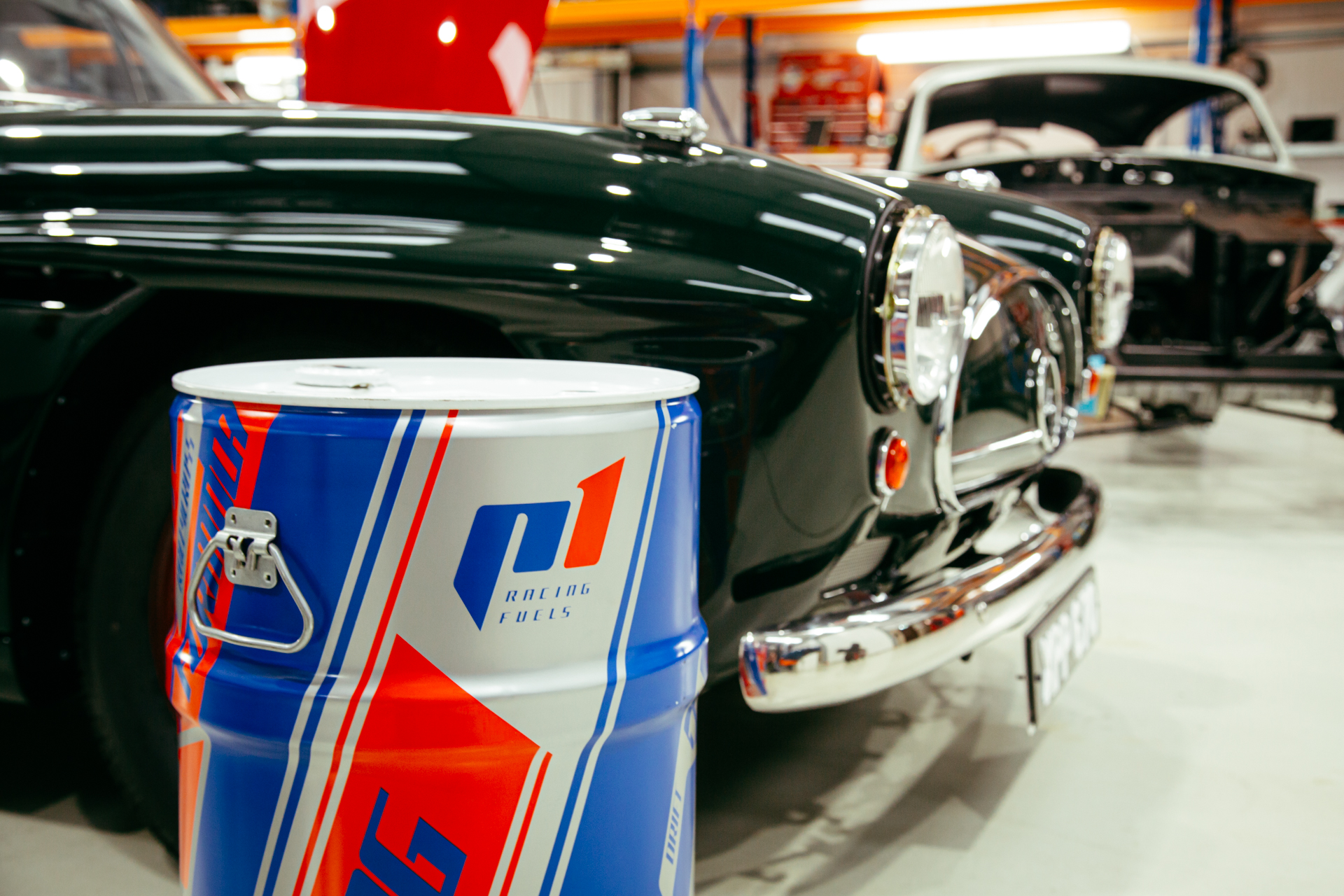
While synthetic fuel has huge potential, it’s still quite challenging to produce on a large scale. The process requires a lot of energy and is currently more expensive than extracting fossil fuels. But as technology improves, costs could come down, and it could very likely become a viable option for reducing emissions in the automotive industry.
At Bridge Classic Cars, we’re proud to lead the way to sustainable classic car ownership. We’re proud of our story so far and our passion for classic cars. We have made a commitment to make this part of the automotive industry more sustainable while still honouring and preserving the history that these cars bring with them.
As far as we are concerned, we are helping to save the planet, one classic car at a time!
Great info, I have to assume this fuel can be used in my 68 Triumph Tiger 90 motorcycle with no issues, yeh ?, plus what is the cost per litre .
We use cookies to deliver the best possible experience whilst visiting our website. By clicking "Accept All", you consent to our use of cookies, or you can manage your preferences by clicking the link below. You can manage your preferences at any time from out Cookie Policy page.
Leave a Reply